In the world of nature, certain animal species distinguish themselves by their remarkable longevity. These creatures, ranging from the depths of the oceans to the heights of mountainous terrains, have lifespans that stretch far beyond the typical bounds of wildlife.
By understanding these longevity champions, we gain insights into the biological and environmental factors that contribute to their extended lives. This exploration into animals that can live over a century not only satisfies curiosity but also enhances our knowledge of life’s resilience across different ecosystems.
Bowhead Whale
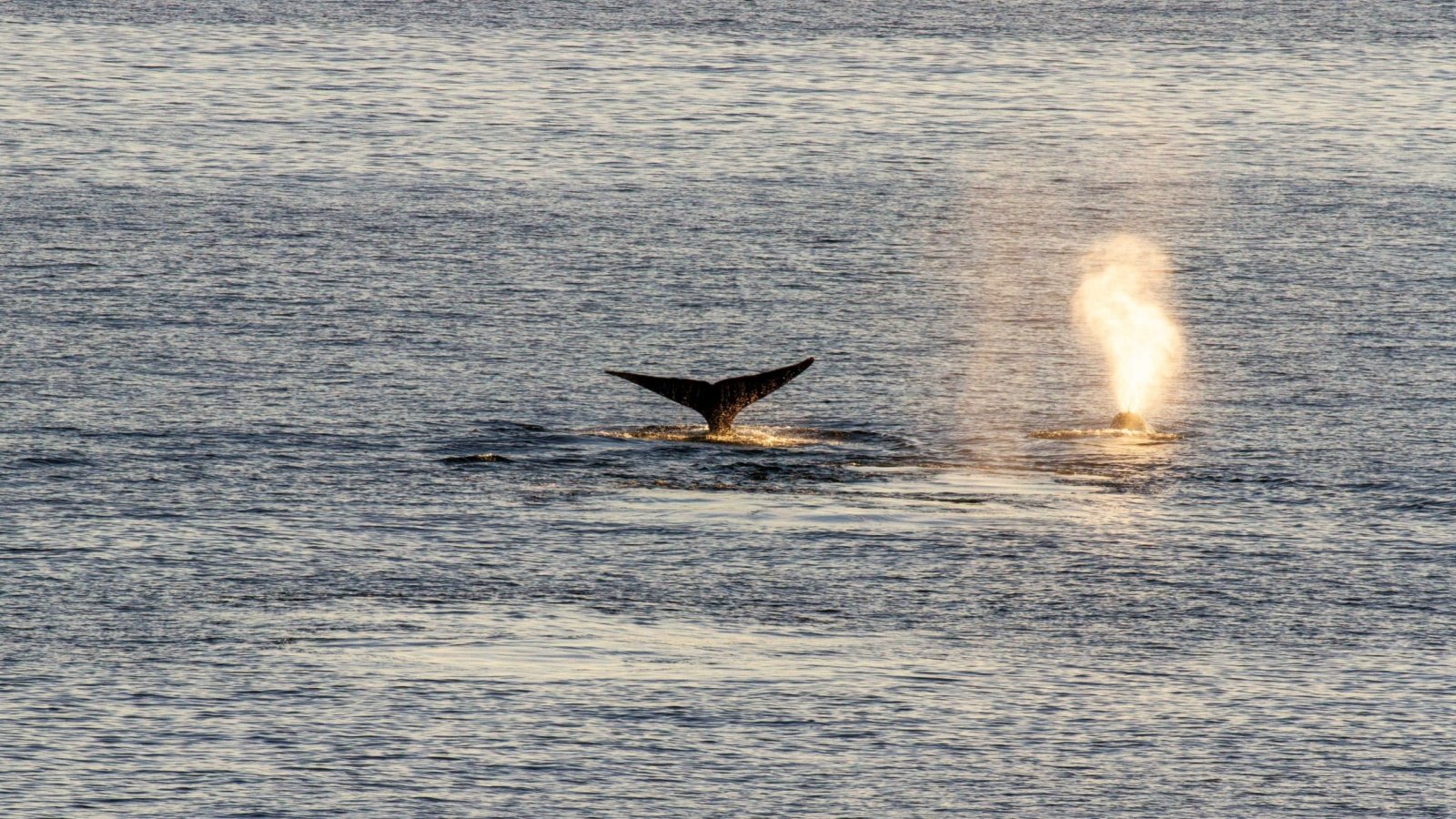
Bowhead whales are among the oldest living marine mammals, with some individuals believed to be over 200 years old. They roam the icy waters of the Arctic and subarctic, surviving numerous environmental changes. Scientists have verified their age through the analysis of amino acids in their eye lenses.
Antarctic Sponge

Some species of Antarctic sponges have been estimated to live for over 1,500 years, thriving in the extremely cold, stable conditions of the Antarctic seabed. These sponges grow very slowly in nutrient-poor waters, which reduces cellular damage and supports their longevity. Their life span surpasses that of any other known animal, making them extraordinary subjects of study in longevity and survival.
Mola Mola (Ocean Sunfish)

The Mola Mola, or ocean sunfish, can live for up to 100 years, drifting through temperate and tropical oceans. These creatures are the heaviest of all bony fish, known for their distinctive flat bodies and penchant for sunbathing at the ocean’s surface. Their slow and steady growth to immense sizes is linked to their long life spans.
Greenland Shark
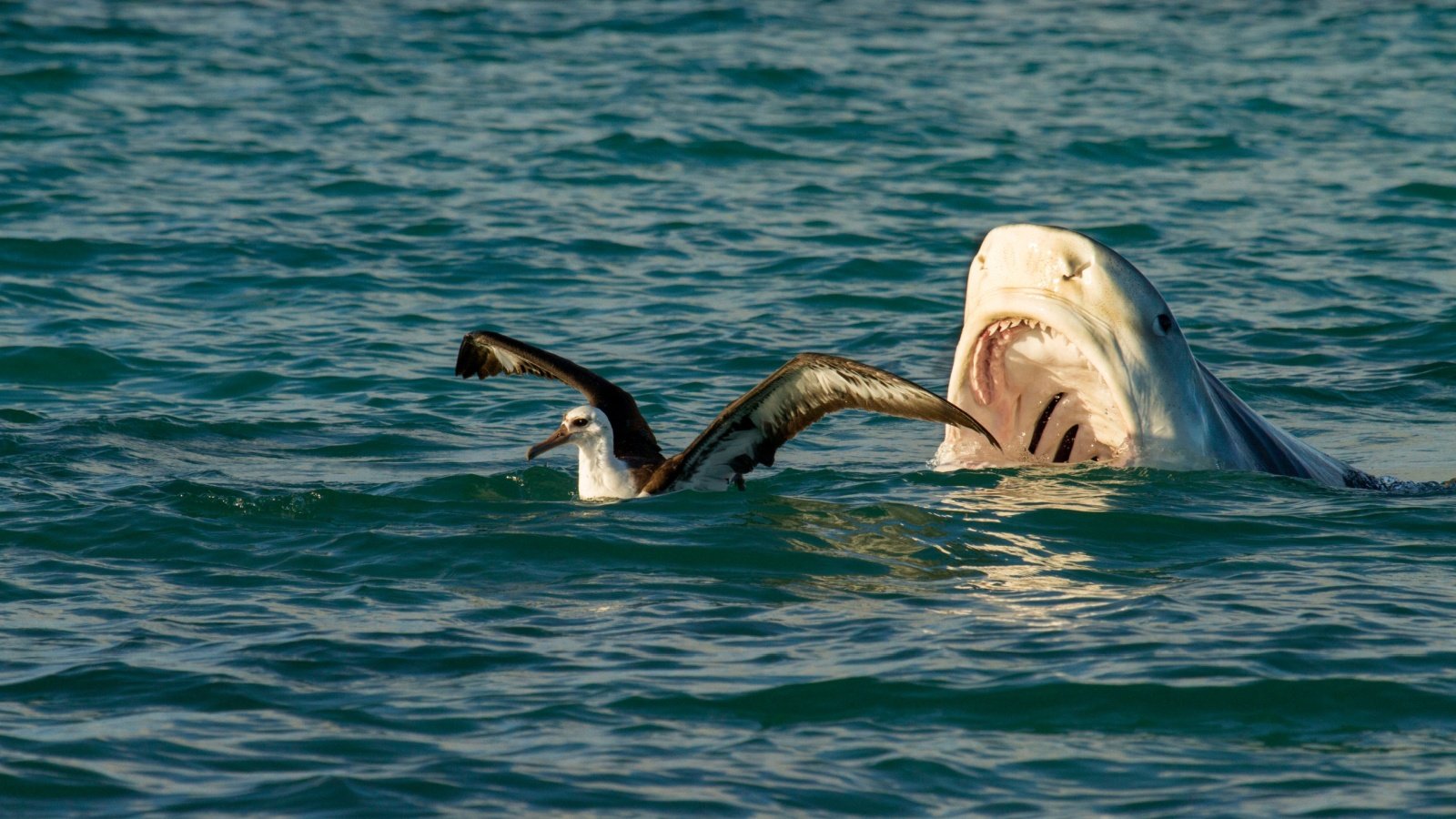
Inhabiting the cold, deep waters of the North Atlantic, Greenland sharks are the longest-living vertebrates known to science. Research suggests that these enigmatic creatures can live up to 400 years, with their slow growth rates contributing to their longevity. Their extreme life span remains a mystery, sparking curiosity and ongoing research.
Giant Tortoise

These slow-moving reptiles have become symbols of longevity in the animal kingdom. Giant tortoises from the Galápagos Islands and Seychelles are famed for their impressive life spans, often living well over 100 years. One of the most famous, a Seychelles tortoise named Jonathan, is over 180 years old.
Asian Elephant

Asian elephants are known to live up to 86 years in the wild, but in captivity, they can surpass a century. Their matriarchal herds are led by the oldest and largest females, who pass down social knowledge and survival skills. The extended care of their young and the close-knit family structures contribute to their long lives.
Koi Fish

These ornamental fish are a popular feature in ponds worldwide, valued for their beauty and serene nature. Koi, a type of carp bred for color in Japan, can live for decades under the right conditions, with the oldest recorded at 226 years old.Proper care and a stress-free environment are crucial for their longevity.
Tuatara

Native to New Zealand, tuataras look like lizards but belong to a distinct lineage of reptiles. They are incredibly long-lived, with some individuals reaching over 100 years of age. Their slow metabolism and cool habitat contribute to their extended life spans.
Ocean Quahog
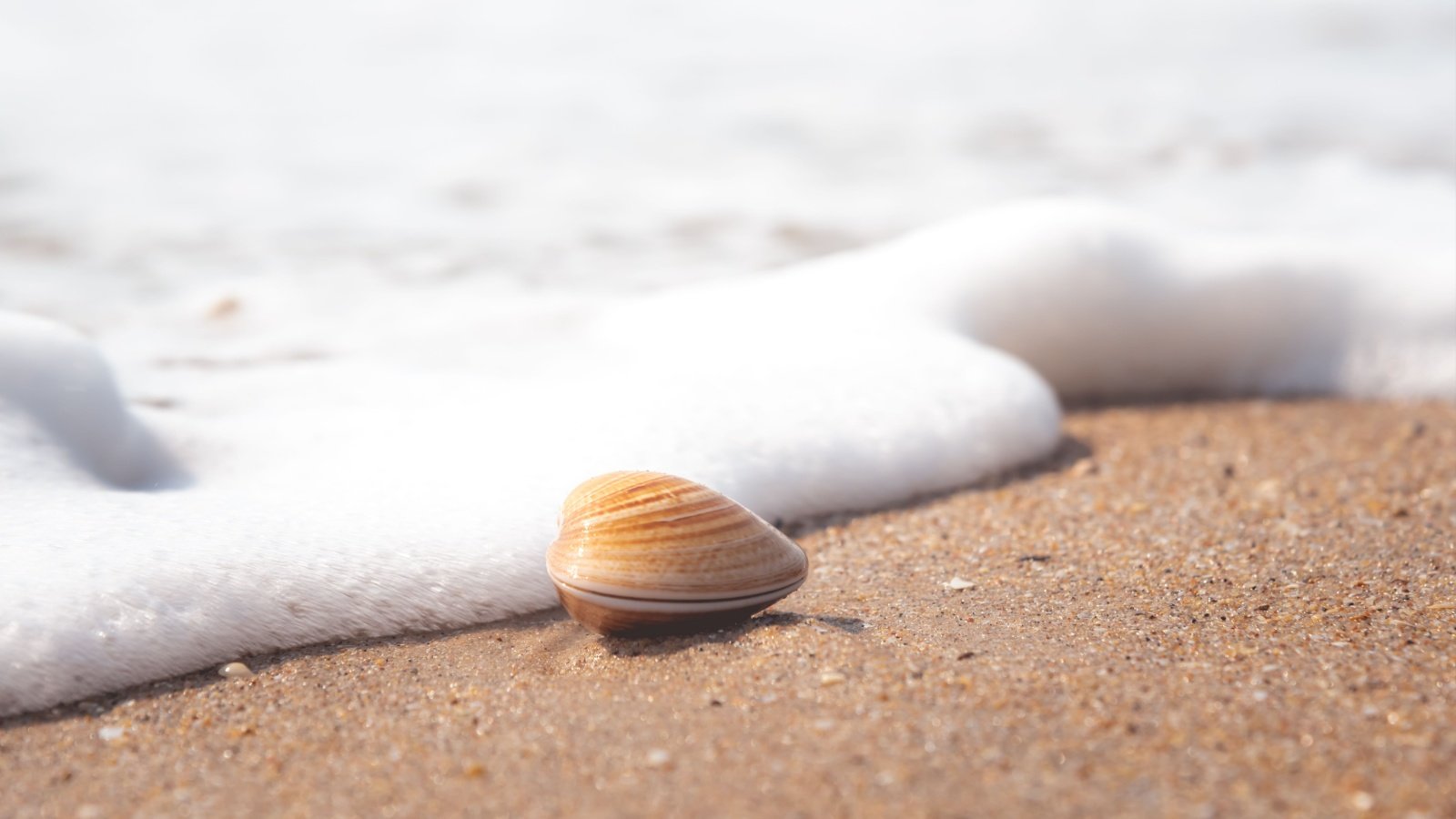
Ocean quahogs are a type of clam known for their extraordinary longevity, with the oldest recorded at 507 years old. Found in the North Atlantic, this species’ age was determined by counting annual growth rings in its shell. Their sedentary life in cold water seems to be a factor in their long lives.
African Elephant
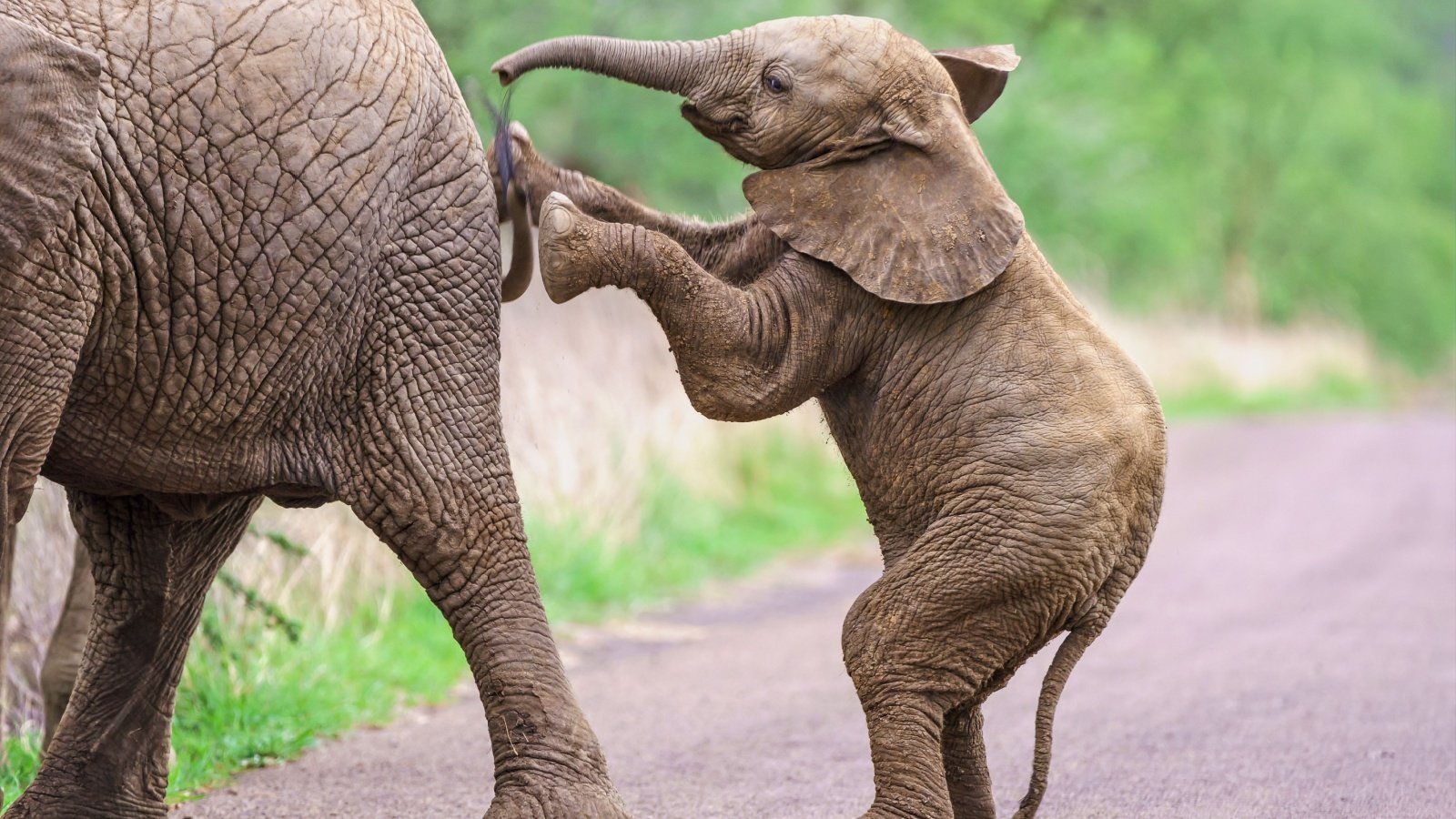
African elephants are the largest land animals and can live up to 70 years in the wild. In some cases, with optimal conditions and minimal predation pressure, they can reach or slightly surpass 100 years. Their intelligence and complex social structures are key to their survival in diverse and challenging environments.
Macaw
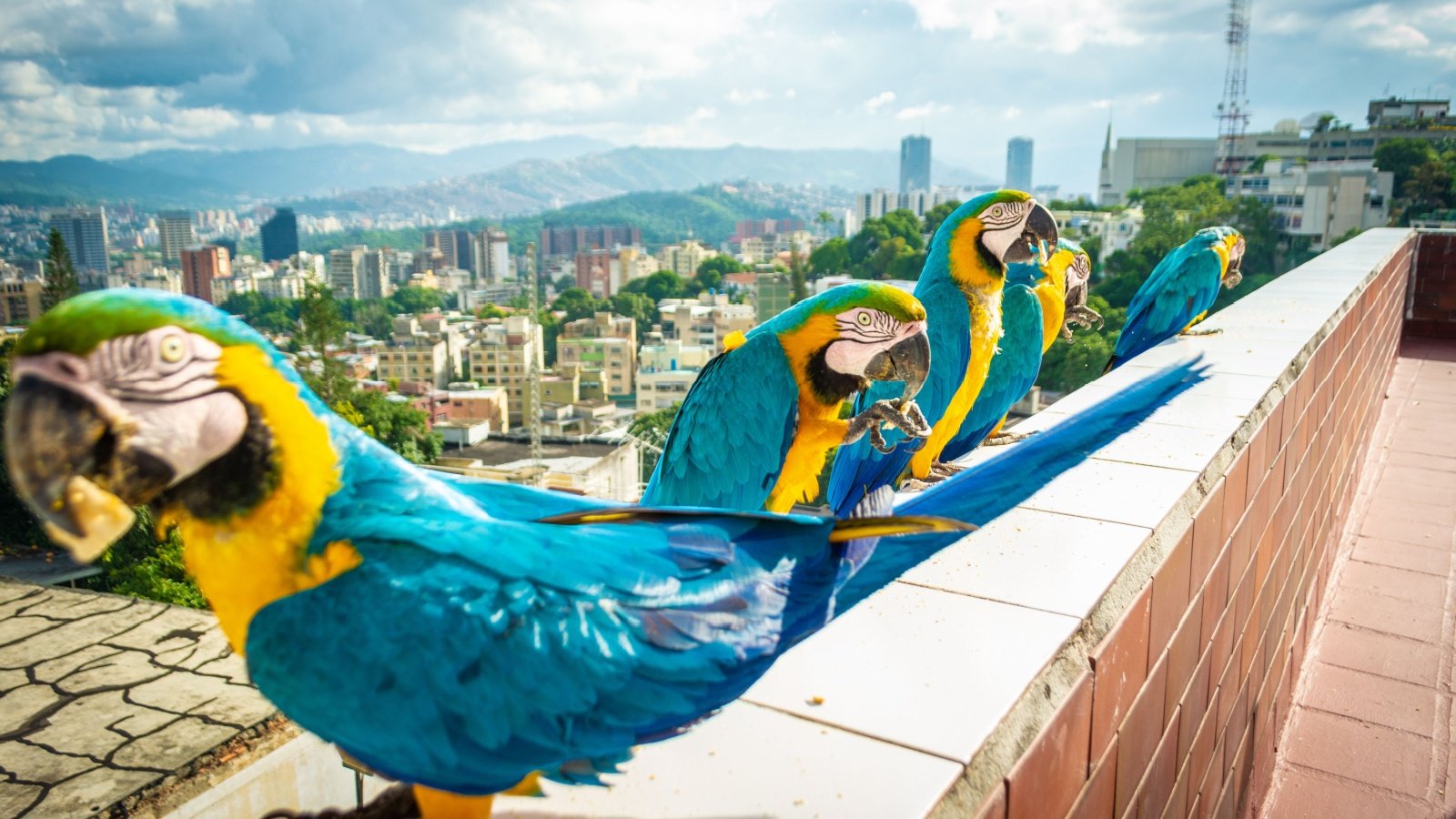
Macaws, the vibrant parrots of the New World, can live up to 80 years in the wild, and some have been known to reach 100 years in captivity. Their long lifespan is complemented by their need for social interaction and mental stimulation. These birds form lifelong bonds with their mates, which contributes to their emotional and physical health.
Aldabra Giant Tortoise

Another giant tortoise species known for its longevity is the Aldabra giant tortoise from the Aldabra Atoll in the Seychelles. These tortoises can live up to 150 years, with their slow metabolism and protected habitat contributing to their longevity. They are among the largest tortoises in the world.
American Lobster
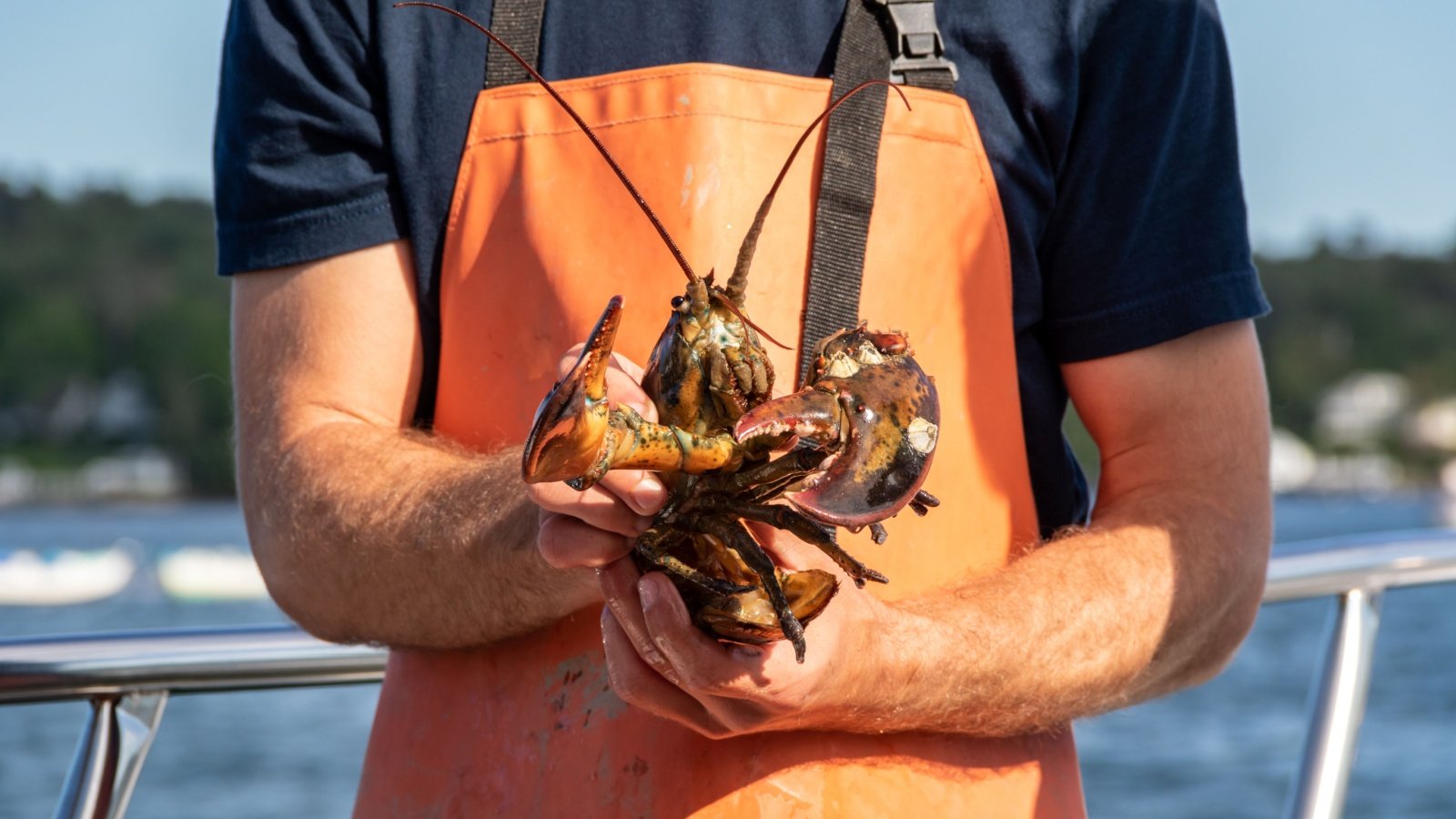
American lobsters can potentially live to 100 years old, although precise aging is challenging due to their molting process, which removes physical age markers. These crustaceans continue to grow throughout their lives, which contributes to their long lifespan. Larger lobsters are often several decades old.
Red Sea Urchin
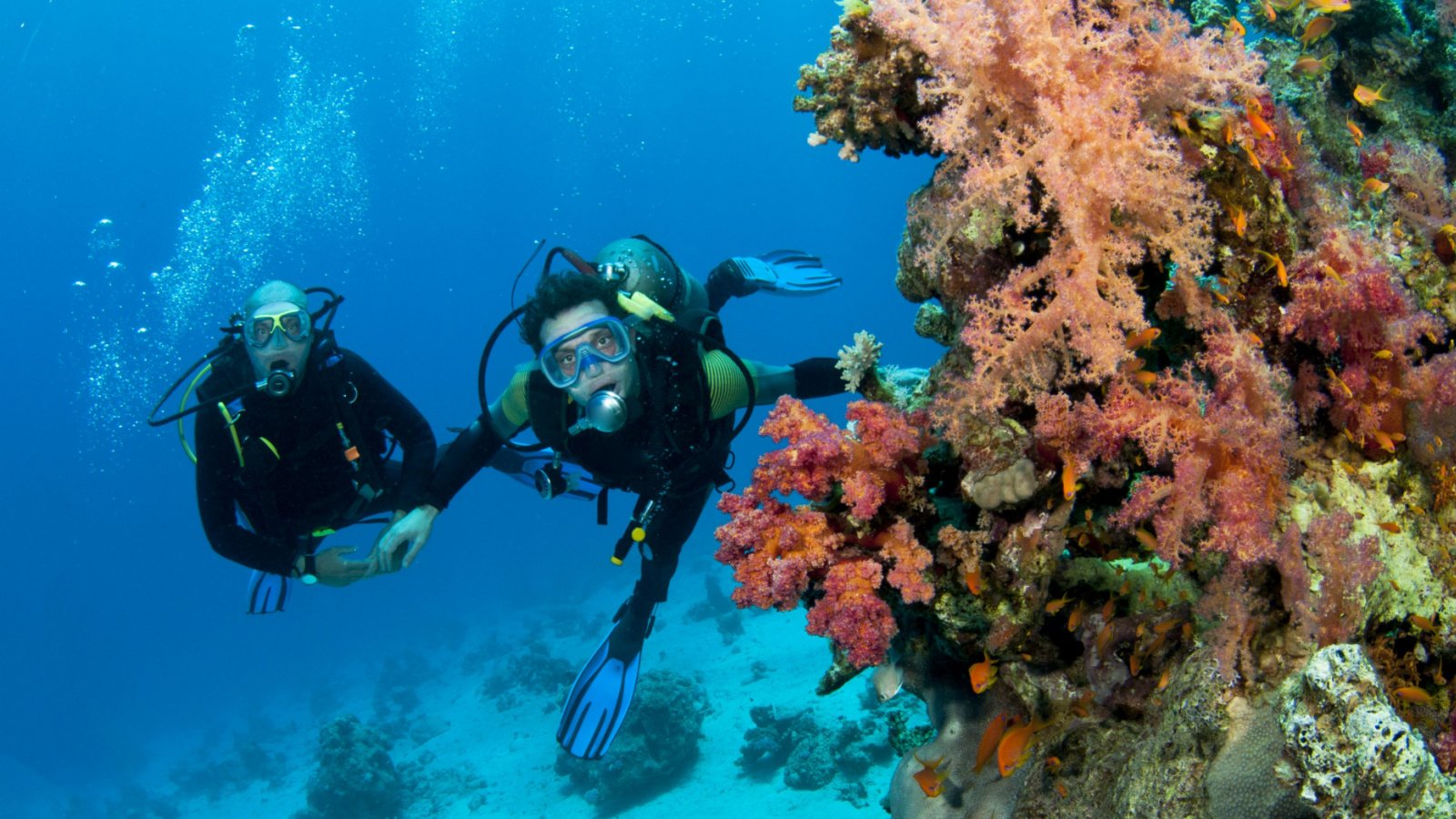
Red sea urchins found along the Pacific Ocean from Alaska to Baja California are known for their potential to live over 200 years. Their longevity is attributed to their ability to continually replace their spines and other tissues. Minimal predation and stable habitats help these echinoderms reach such old age.
Warty Oreo
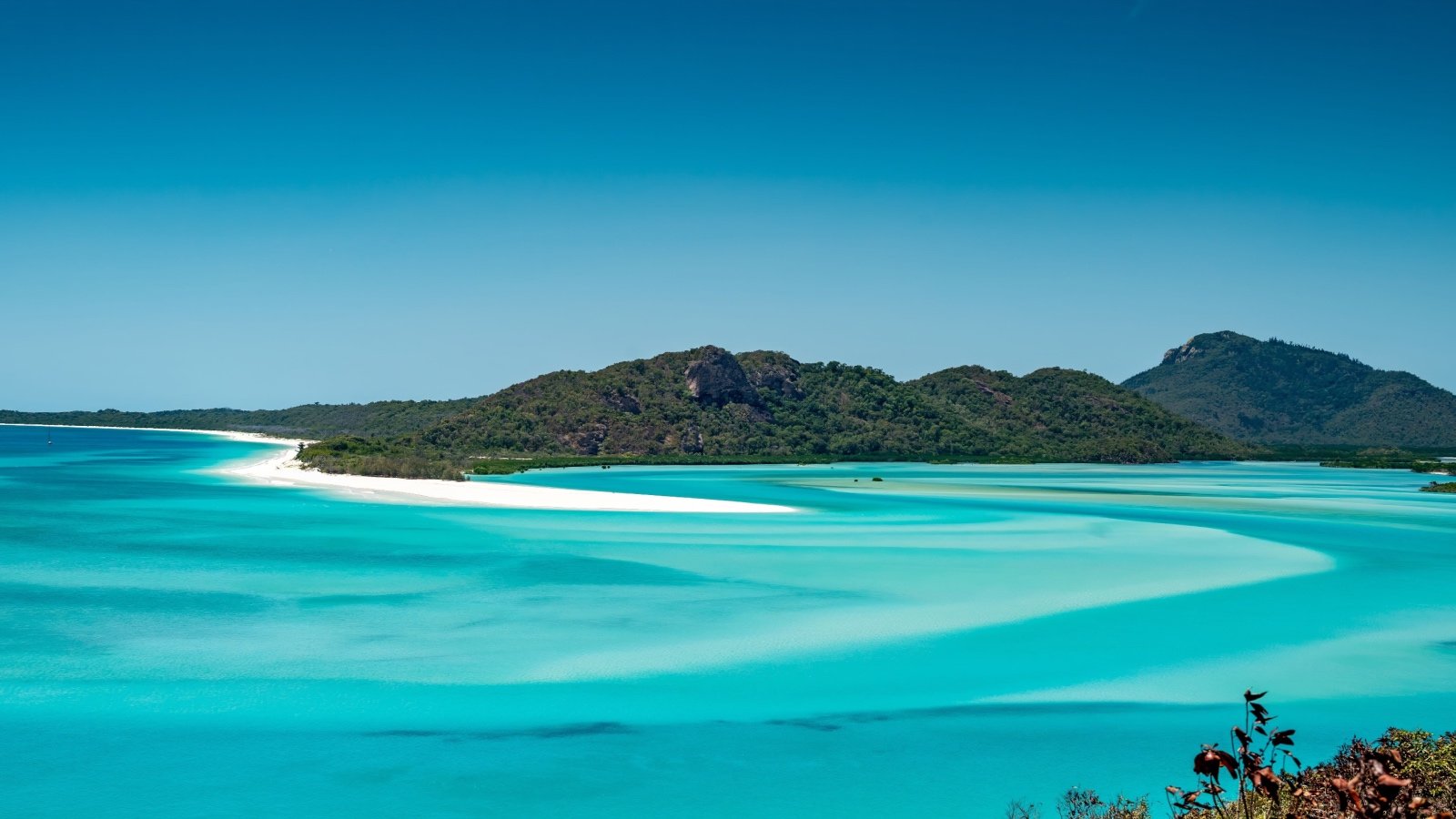
The warty oreo, a deep-sea fish found in the waters around New Zealand and Australia, can live up to 140 years. Its slow growth rate and the cold, deep-water environment help reduce the metabolic processes that lead to aging. These fish are not well-known but are fascinating for their longevity.
Brandt’s Bat
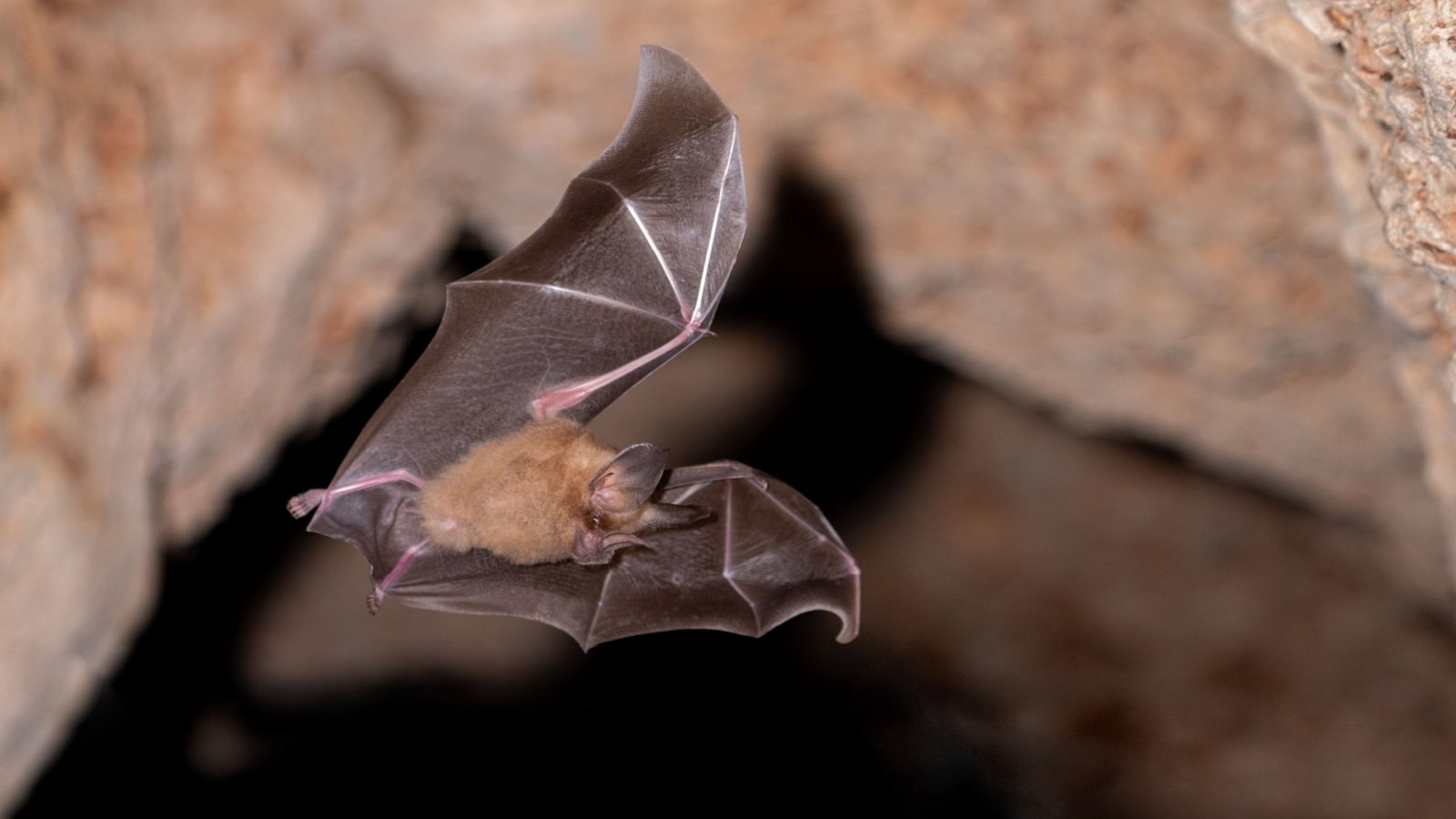
Brandt’s bats, found in Siberia, are small mammals that can live extraordinarily long for their size, reaching up to 40 years. This is remarkable, considering most small mammals have much shorter life spans. Their ability to hibernate, which slows their metabolic rate and conserves energy, is key to their longevity.
Orange Roughy
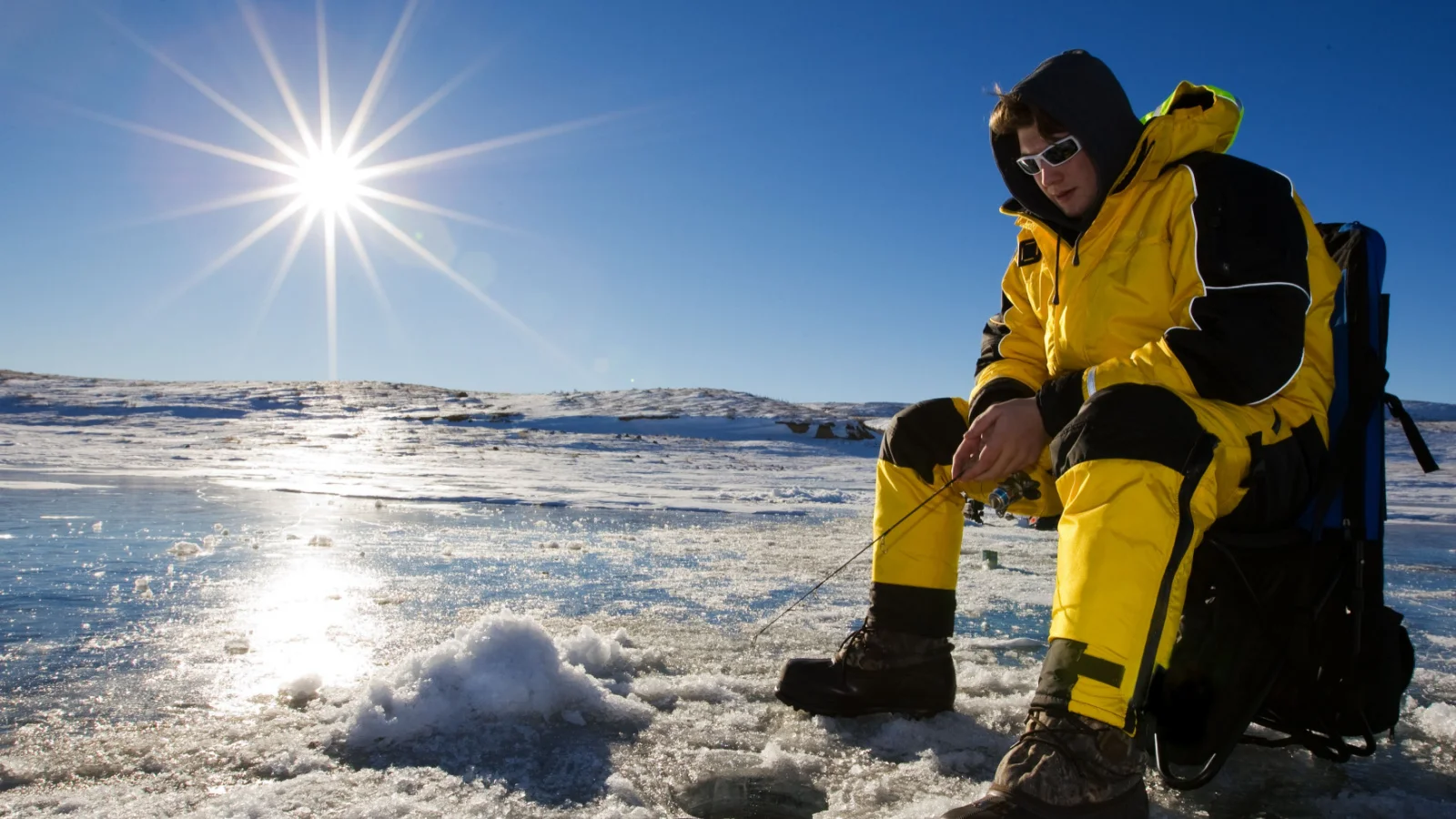
The orange roughy is notorious for its long lifespan, which can exceed 100 years, and for its late maturity, often not breeding until around 30 years old. Found in deep cold waters, their slow growth and late reproduction contribute to their longevity. However, their life history traits make them vulnerable to overfishing.
Sablefish

Sablefish, also known as black cod, are found in the North Pacific and can live beyond 90 years. Their deep-sea habitat and slow growth rate contribute to their long lifespan. These fish are prized for their rich, buttery flesh in culinary circles.
Chimpanzee
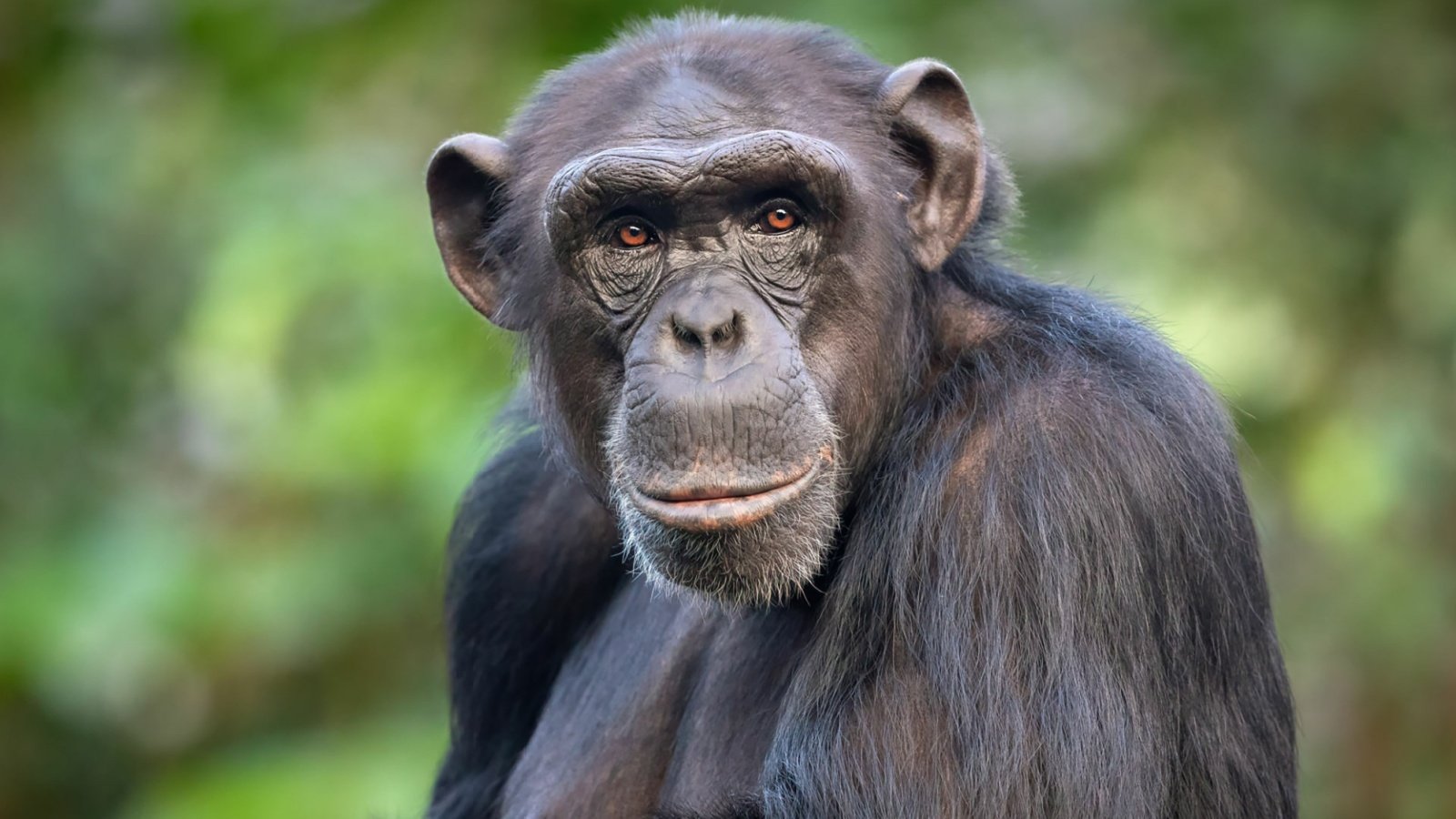
In the wild, chimpanzees can live up to 50 years, but in captivity, they have reached ages closer to 60 or more. These intelligent primates have complex social structures that can influence their longevity by providing social support and shared resources. Observations suggest that their cognitive abilities also play a role in their survival.
Lake Sturgeon

Lake sturgeon are ancient fish species known for their impressive longevity, often living up to 150 years. These fish are slow to mature, with some not reproducing until they are 20 to 30 years old. Their bony plates and size, reaching up to several hundred pounds, make them a formidable presence in freshwater.
Horseshoe Crab
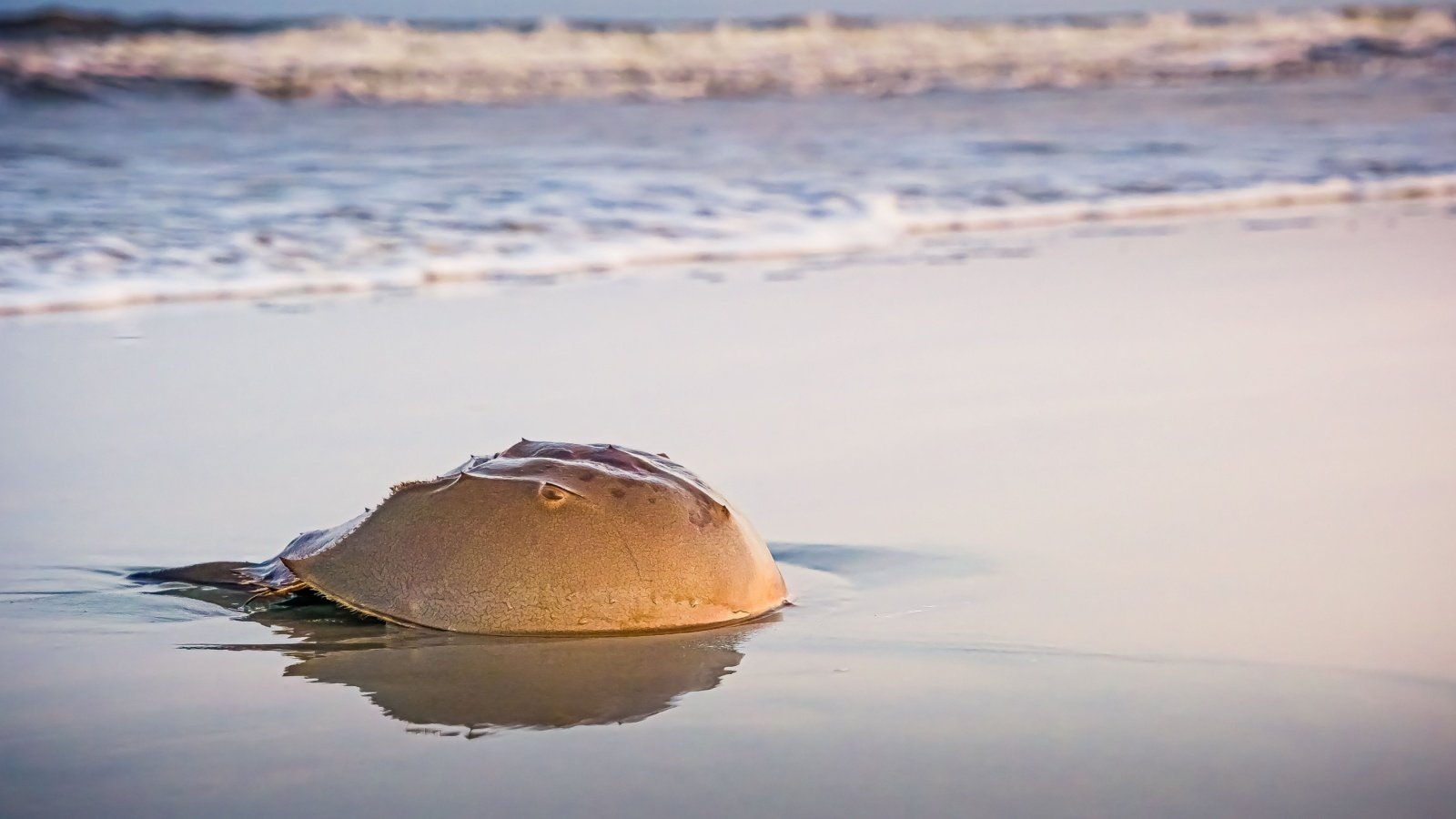
Horseshoe crabs, with their prehistoric origins, can live up to 20 years in the wild. They are vital to medical research because of their blue blood, which is used to detect bacterial endotoxins. Their hard carapace and ability to regenerate lost limbs contribute to their resilience and longevity.
Swan

Swans are known for their beauty and the longevity they can reach up to 30 years in the wild and have been known to live longer in protected environments. Their monogamous relationships may provide social stability that contributes to their lifespan. Swans are revered in many cultures, symbolizing grace and fidelity.
Geoduck
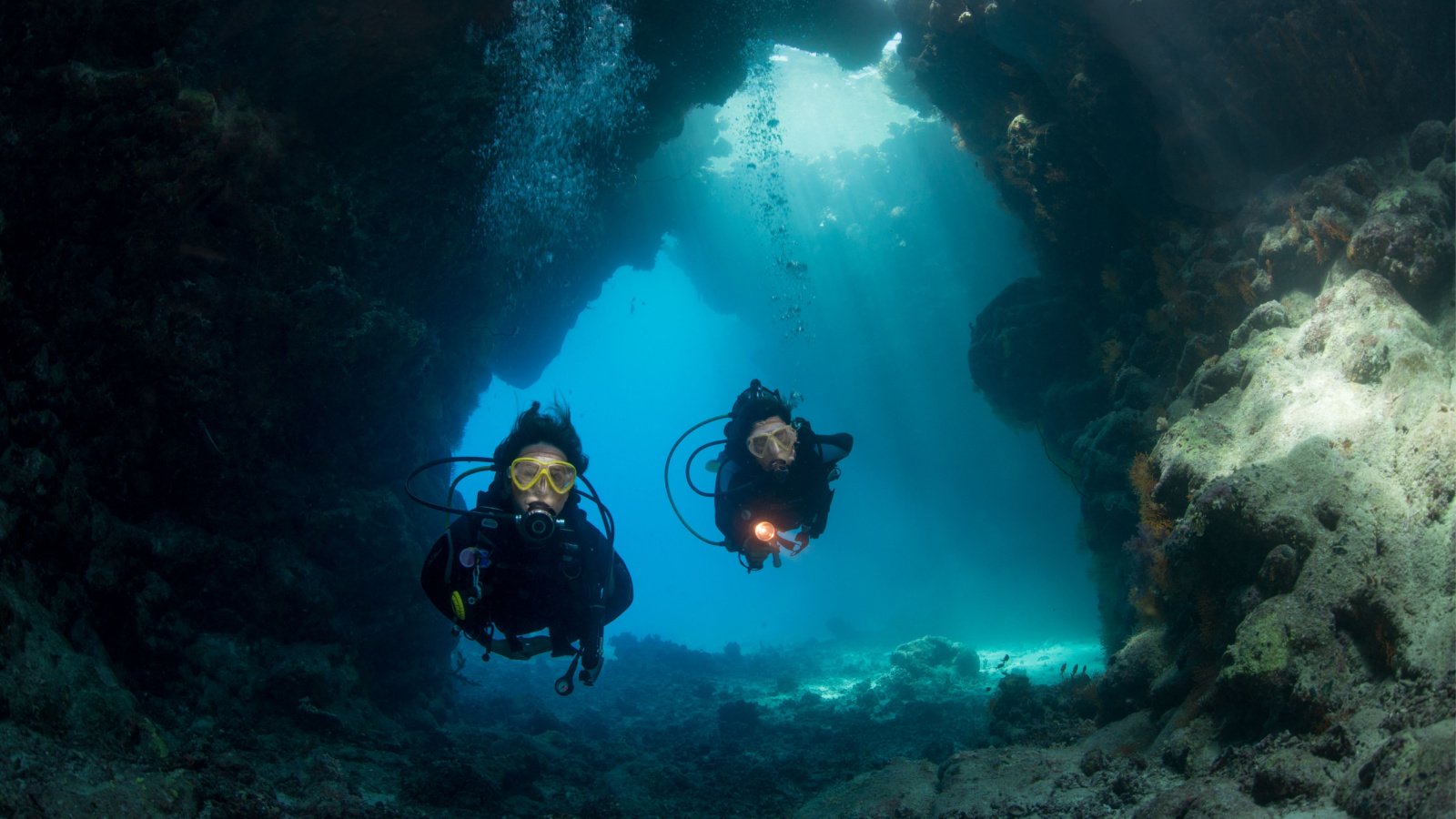
The geoduck is a large clam with a pronounced neck, native to the Pacific Northwest, and known to live for over 100 years. These bivalves burrow deep into the sea floor, which protects them from predators and environmental changes. Their slow metabolism and protected lifestyle contribute to their extended lifespan.
Elephant Shark

The elephant shark, a deep-sea dweller, can live to about 150 years old, making it one of the longest-living cartilaginous fish. Known for its unusual, trunk-like snout, this shark’s slow life history is typical of many deep-sea creatures, contributing to its longevity. It moves slowly and grows gradually, traits that conserve energy and extend life.
Mediterranean Monk Seal

One of the world’s most endangered marine mammals, the Mediterranean monk seal, can live up to 45 years in the wild. Their solitary nature and use of remote, hard-to-reach habitats help protect them from human pressures. Conservation efforts are crucial to ensure the survival of this species, which has faced centuries of hunting and habitat loss.







